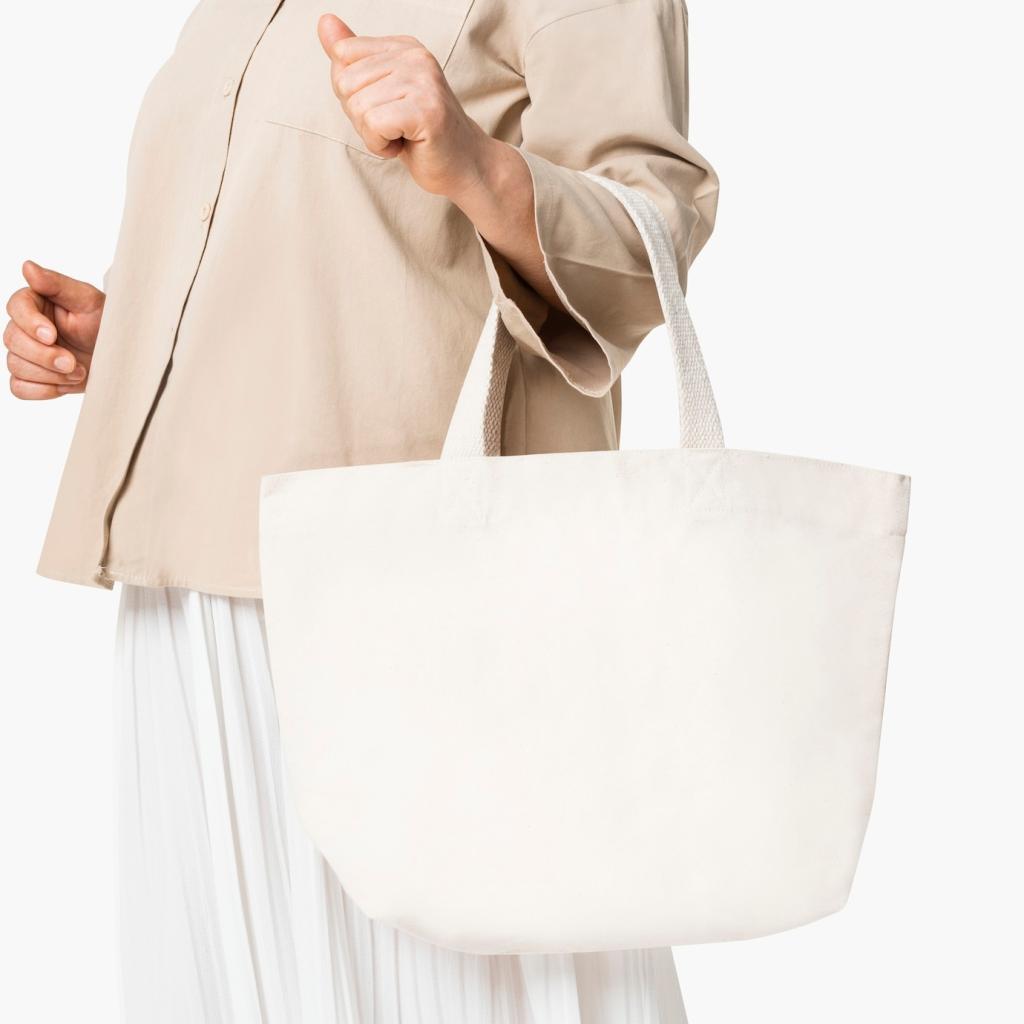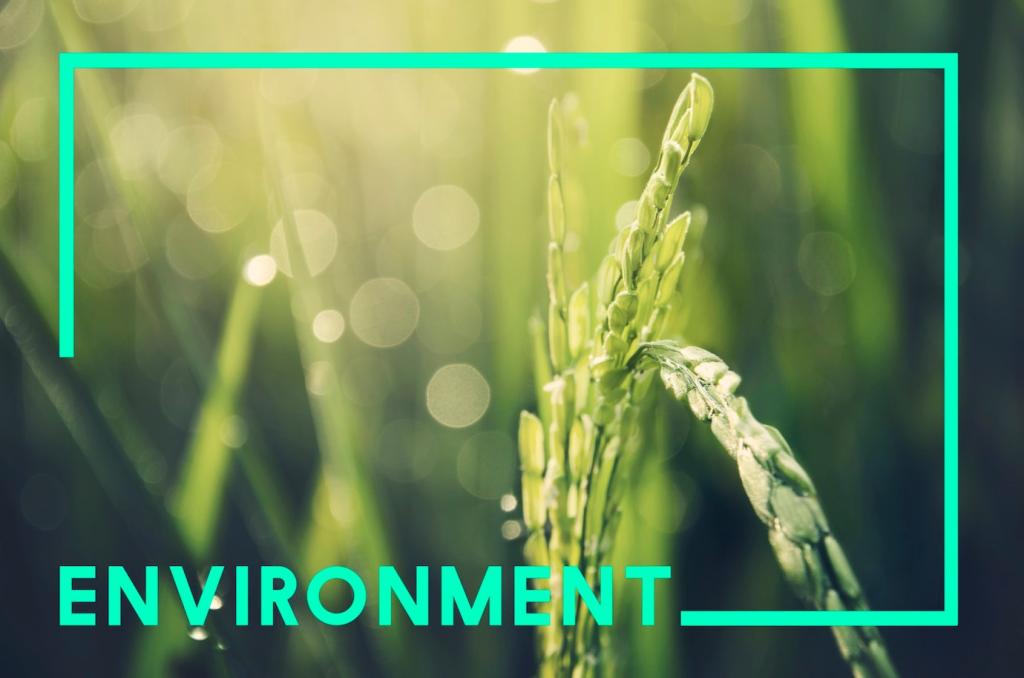Sustainable Flooring Options for Eco-Friendly Homes
Choosing sustainable flooring is a powerful step toward creating an environmentally friendly and healthy home. By selecting materials that are responsibly sourced, durable, and non-toxic, you not only minimize your ecological footprint but also provide a safe and beautiful environment for your family. The world of eco-conscious flooring offers a wide variety of innovative and traditional options, each with unique benefits that align with sustainable living values and modern aesthetics. Explore the possibilities below to discover which sustainable flooring solutions can transform your home into a responsible and stylish sanctuary.
The Importance of Sustainable Flooring
Environmental Impact of Flooring Choices
Every flooring material chosen for a home leaves a mark on the environment. Common choices, such as conventional carpets and vinyl, often involve extensive resource extraction and contribute to landfill waste after their lifespan. These materials may also release hazardous pollutants during manufacturing and upon disposal, compounding their environmental toll. Eco-friendly alternatives are designed to be recyclable, biodegradable, and made with renewable resources, tending to have a substantially lower environmental footprint throughout their lifecycle.
Health Benefits of Eco-Friendly Flooring
Many conventional flooring materials emit volatile organic compounds (VOCs) and other toxins that can compromise indoor air quality and pose health risks for inhabitants. Sustainable flooring options, by contrast, are frequently manufactured with natural adhesives, non-toxic finishes, and minimal chemical additives. As a result, they promote a healthier indoor environment, reducing allergens and respiratory irritants, and supporting long-term wellbeing for all members of the household, including pets.
Promoting Responsible Consumption
Opting for sustainable flooring reflects a broader commitment to responsible consumption and production. By supporting brands and manufacturers that prioritize eco-friendly practices, homeowners help drive market demand toward greener products. This collective consumer behavior encourages innovation, supports ethical supply chains, and accelerates the adoption of environmentally conscious standards across the flooring industry, ultimately making it easier and more affordable for everyone to embrace sustainability in their homes.
Bamboo: Fast-Growing and Renewable
One of bamboo’s key sustainability features lies in its astonishing growth rate. Some species can grow up to three feet per day, enabling frequent harvesting without causing lasting environmental harm. Harvesting bamboo does not kill the plant’s root system, permitting it to regenerate repeatedly on the same plot of land. This efficient cycle minimizes soil erosion, supports biodiversity, and conserves agricultural space, making bamboo a superior choice when resource conservation is a priority.

Cork Flooring: Unique, Natural, and Recyclable
01
Unlike most building materials, cork is obtained in a way that allows the source trees to continue living and growing. The bark is carefully stripped by skilled workers, and the tree regenerates its bark naturally, making the cork industry a sustainable and long-term practice. Healthy cork forests sequester carbon, support wildlife habitats, and contribute positive environmental impacts beyond the mere provision of raw materials.
02
Cork flooring provides unique benefits to homeowners seeking both sustainability and comfort. As a naturally cushioned material, cork absorbs impact and offers a warm, soft surface underfoot, reducing fatigue and enhancing everyday living. Its cellular structure also delivers thermal and acoustic insulation, making rooms with cork flooring quieter and more energy-efficient, all while maintaining a focus on eco-friendly living.
03
Sustainability doesn’t stop at initial installation—cork flooring is biodegradable and can be recycled at the end of its lifespan, significantly reducing landfill waste. Many cork floors are also manufactured from byproducts of wine stopper production, supporting a closed-loop approach that maximizes resource use. By choosing cork, homeowners support a model of sustainable production and responsible disposal, closing the loop on their flooring investment.
Reclaimed Wood: Preserving History and Resources
Reducing Deforestation through Reuse
By selecting reclaimed wood, homeowners directly decrease the need for new logging operations, alleviating pressure on threatened forests and conserving habitats. Reusing existing wood preserves mature trees, maintains vital carbon sinks, and helps prevent the spread of deforestation, offering a powerful solution for eco-conscious individuals committed to global forest conservation.
Distinctive Aesthetic and Heritage Value
Reclaimed wood flooring boasts unique characteristics, such as weathered patinas, original nail holes, and varied grain patterns, that cannot be replicated with new lumber. Each plank carries a story, reflecting the architecture and history of its previous life. This authenticity adds immediate warmth and personality to any home, merging sustainability with historical appreciation and creativity in design.
Quality and Long-Lasting Performance
Floors made from reclaimed wood are often crafted from old-growth timber, which is denser and harder than many modern alternatives. As a result, reclaimed wood flooring typically exhibits exceptional durability and stability, standing up to the rigors of daily life. When properly restored and maintained, these floors offer generations of reliable service, making reclaimed wood a sustainable investment for the long term.
Linoleum: Classic Sustainability Revisited
Natural Ingredients and Biodegradability
Traditional linoleum is formulated entirely from renewable and abundant natural materials, eliminating reliance on petrochemicals and reducing harmful emissions. When its lifecycle ends, linoleum decomposes naturally, returning benignly to the earth without leaving behind persistent waste. This makes linoleum an excellent choice for those seeking both function and minimal environmental harm.
Color and Pattern Versatility
Linoleum is available in a wide spectrum of colors, patterns, and textures, allowing homeowners to incorporate creative design into their sustainability goals. Inlaid designs and marbling are possible through the manufacturing process, resulting in a floor that delivers aesthetic value while remaining gentle on the planet. This adaptability enables homeowners to maintain style while making a positive environmental impact.
Low Maintenance and Longevity
With proper installation and care, linoleum floors can last for decades, reducing the need for frequent replacements and the resources associated with new production. Its natural resins allow for self-healing of minor scratches and scuffs, maintaining appearance over time. Its smooth, sealed surface also makes cleaning easy, helping to reduce the chemical load often needed for floor maintenance.

Utilizing Post-Consumer and Post-Industrial Waste
Recycled flooring incorporates materials recovered from post-consumer products, such as glass bottles and rubber tires, or recaptured from industrial manufacturing processes. This redirection not only curtails landfill accumulation but also lowers the demand for virgin resources. By choosing recycled content flooring, homeowners participate actively in waste reduction and resource revitalization.

Creative Design Opportunities
Flooring made from recycled glass or rubber offers distinctive colors, textures, and visual effects rarely matched by conventional materials. Speckled or terrazzo-style surfaces can imbue spaces with modern flair, while recycled wood composites provide a familiar, rustic look. These design opportunities translate sustainability into a striking visual statement, inviting conversation and admiration.

Supporting the Circular Economy
Choosing recycled flooring solutions encourages the adoption of circular economy principles, where products are designed for future reuse, recycling, or repurposing. Each purchase sends a message to manufacturers that sustainable production practices matter, helping to accelerate the transition toward closed-loop systems across industries. Homeowners thus become active agents in transforming the market toward a more responsible and regenerative future.
Concrete and Terrazzo: Durable and Adaptable Choices
Concrete floors, when properly installed and sealed, can last for several decades, minimizing the energy and resources needed for ongoing replacements. Their inherent strength resists heavy wear, making them especially suitable for high-traffic areas and demanding applications. This durability, paired with straightforward maintenance, significantly reduces the environmental footprint of flooring over time.

Previous
Next
